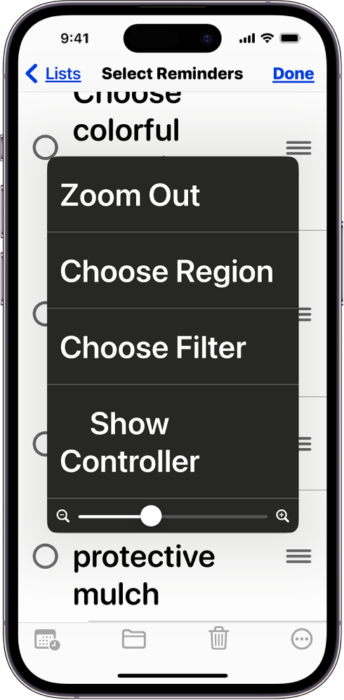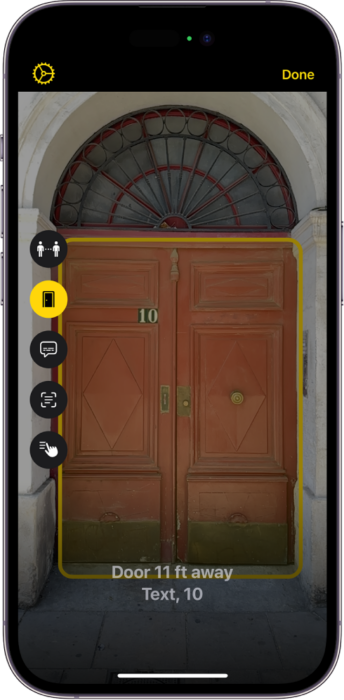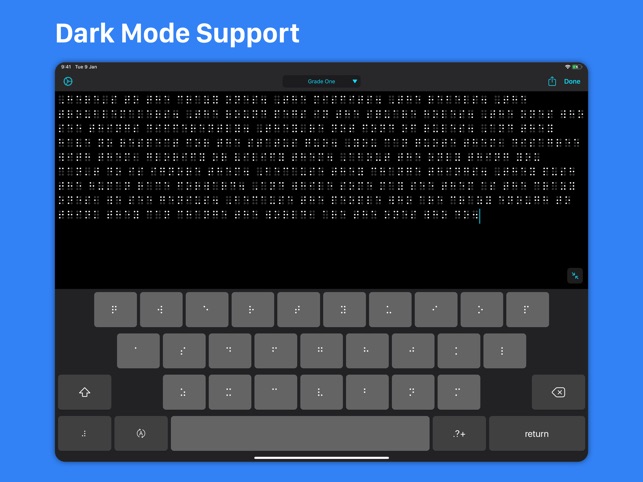
iPhones now account for more than 50 percent of smartphones sold in the United States. To remain inclusive of current and prospective users, Apple has introduced new accessibility features for the latest iPhone system, the iOS 17. These features and settings support vision, mobility, hearing, speech and cognitive needs. This first of five blogs will focus on vision.
Zooming in on Vision Accommodations
The Zoom feature allows users to magnify the entire phone screen or focus on just a specific region. They can also use VoiceOver to clarify or confirm what they’re seeing with audio descriptions.

Through the Magnifier app, blind or low-vision users can detect when people, doors and pathways are within distance by scanning their environment and receiving live audio descriptions of everything within their camera’s view.

Adjusting Color and Brightness
Users can invert colors on the screen to make text easier to read. They can also adjust the intensity or hue of colors. And if you’re in a dark room or out under the moonlight, you can use Night Shift to shift the colors on your screen to the warmer end of the color wheel. You can do this manually or automate it by selecting Sunset to Sunrise, which uses the data from your clock and geolocation to determine when it’s nighttime in your neck of the woods.
Non-Visual Navigation
With finger taps and swipes, VoiceOver gives live, audible descriptions of what’s on your screen, and it can describe everything from battery level, to the name of a person calling you, to which app your finger is pressing.
If you use Magic Keyboard with the iPhone 17, you can use keyboard shortcuts to activate VoiceOver commands.
Even if VoiceOver is turned off, your iPhone can still provide a live reading of selected text or the content across the entire screen. Your iPhone can also serve as a live proofreader / editor, calling out text corrections and other revision suggestions as you type. Best of all, iOS 17 supports many international braille displays, allowing users to communicate without an external braille keyboard through finger movements and corresponding audio instructions.

Of course, users can also rely on Siri as a virtual assistant, asking for weather reports, requesting help setting alarms, coordinating phone calls, etc.
For information about accessibility features supporting mobility, stay tuned for the next iOS 17 blog update.
